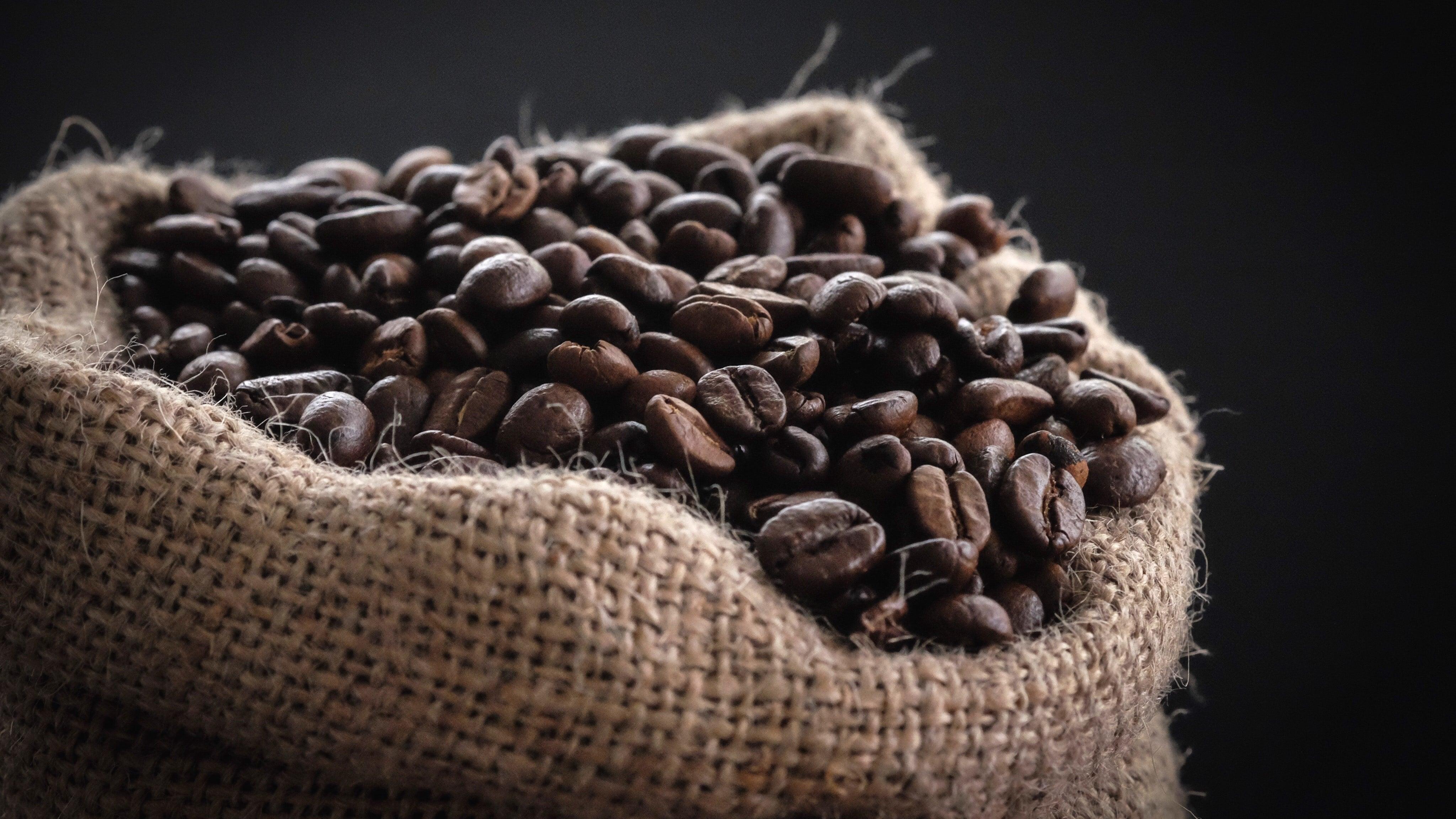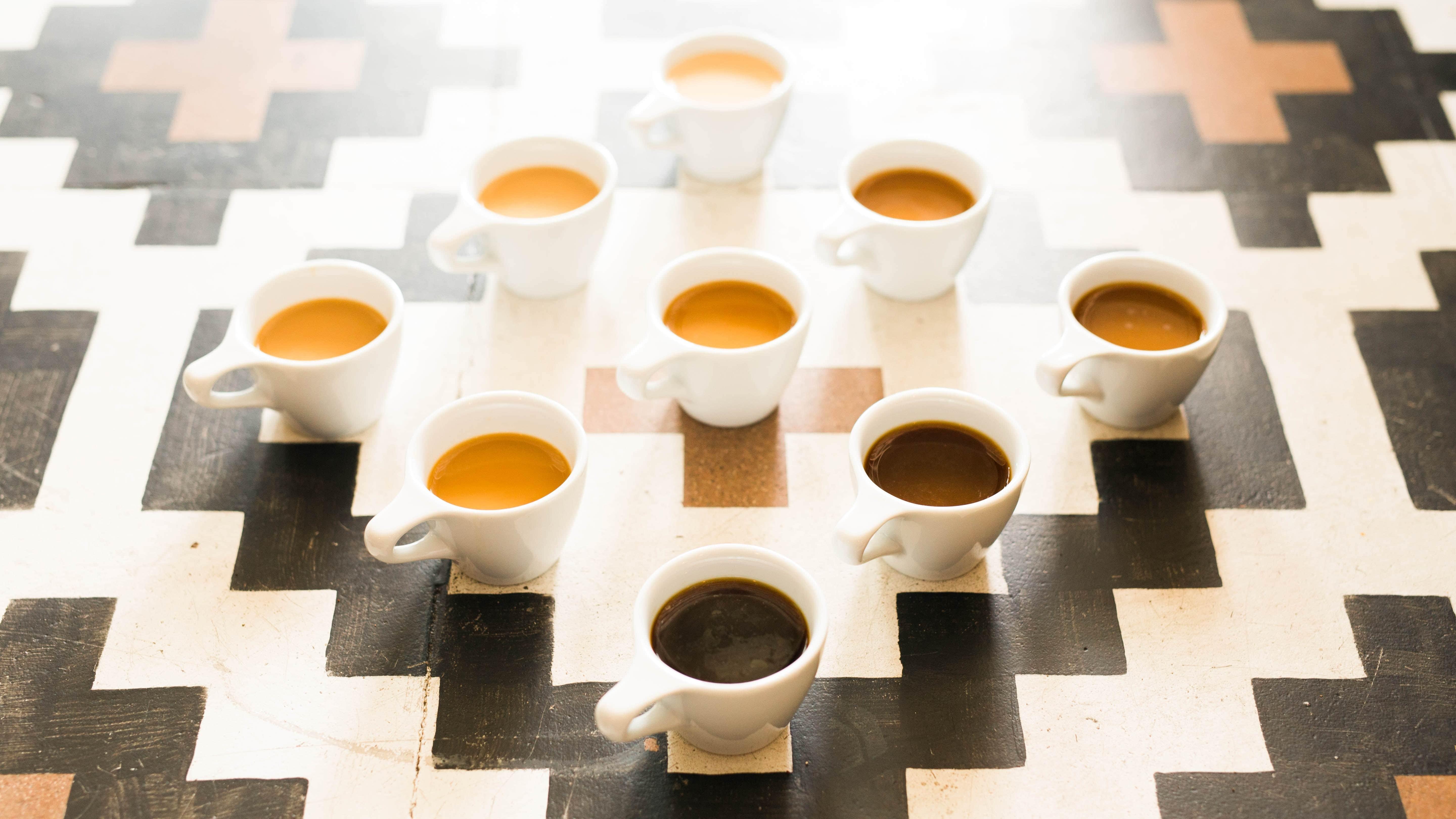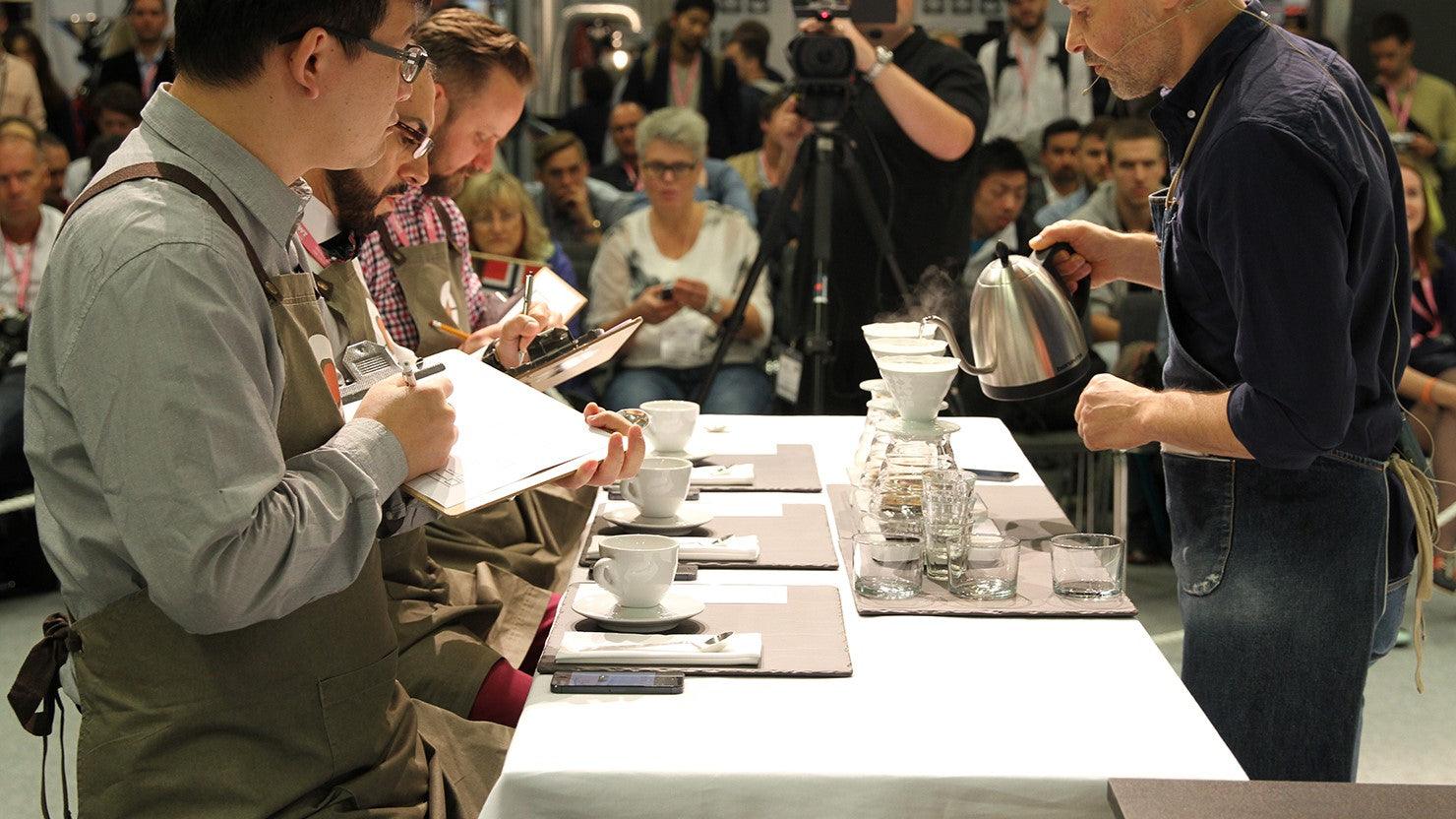
The Science Behind The Flavor
From Seed to Bean #5: Roasting
To unlock nuanced flavors dormant in raw coffee beans, coffee experts employ an essential method known as roasting. Before roasting, beans are green, soft, with a fresh smell and little to no taste. This roasting process is what changes raw coffee beans into their final, caramelized, deep brown color.
The Process
In general, the roast level of the coffee is important to understand because it provides a baseline estimate, or guide, to the taste that one may expect. There are several important variables at play during the roast process - gas levels, time, and temperature, as well as the color, sound, and aroma of the beans.
A few minutes, or even seconds, too long and a bright, medium-bodied bean can lose its distinct blackberry notes. Too low of a temperature and the oils necessary to give coffee its full flavor will not arrive to surface.
Similar to how each coffee is treasured for its own unique set of traits and qualities, every roast is tailored to the individual needs of the coffee roasted. In general, a typical roast takes about 12-15 minutes to complete.
By carefully planning how much heat the bean receives during the various stages of roasting, an experienced coffee roaster can manipulate how the final cup will taste, emphasizing particular notes or characteristics, muting others, and even developing the mouthfeel and body of the cup.
Roasting
In general, one can expect lighter roast profiles to emphasize the unique characteristics of the coffee, while darker roasts tend to emphasize more roast character. The most common way to describe coffee roast levels is by the color of the roasted beans, ranging from light to dark, or extra dark.
As coffee beans absorb heat through the roasting process, their color becomes darker, with oils appearing on the surface of the beans at higher temperatures. While it is true that color is not an especially accurate way of judging a roast, due to coffee beans varying in color, color is still generally used worldwide as a convenient way to categorize roasting levels.
Roasting level preferences vary worldwide. In the United States, coffee lovers on the West Coast have been traditionally known to prefer darker roasts than those on the East.
Europeans, too, are known to favor dark roasts, lending their names to the French, Italian, and Spanish roasts that dominate the darker end of the roasting spectrum. Yet, it is important to understand that roast names and descriptions are not standardized in the coffee industry. But in general, we can safely categorize the most common coffee roast profiles from light to dark as follows:
Light Roasts (356°F - 401°F)
Light roasts are light brown in color, with a light body and no oil on the surface of the beans. They are known for a toasted, grain taste and pronounced acidity. The origin flavors of the bean are retained to a greater extent than their darker roasted counterparts.
Light roasts are also known for having the most caffeine from each bean.
At or around 300-350 degrees, the beans pop or crack and expand in size. This is known as the first crack - therefore a light roast generally means a coffee that has not been roasted beyond the first crack.
Some common light roast names include: Light City, Half City, Cinnamon Roast (roasted to just before first crack), and New England Roast (popular in the NorthEastern United States, roasted to first crack)
Medium Roast (410°F - 428°F)
Medium roasted coffees are medium brown in color, with more body than light roasts. Similar to the light roast, medium roast have no oil on the bean surfaces. Lacking in the grainy taste of the lighter roasts, medium Roast coffee exhibits more balanced flavor, aroma, and acidity than their lighter counterparts.
There is less caffeine, but more than the darker roasts. Medium roasts reach between the end of the first crack and just before the beginning of the second crack.
Common medium roast names include Regular Roast, American Roast (the traditional roast popular in Eastern United States, roasted to the end of the first crack), City Roast (medium brown, a typical roast throughout the United States), and Breakfast Roast.
Dark Roast (465°F - 480°F)
Dark roasted coffees are dark brown in color, like chocolate, sometimes almost black. They have a sheen of oil on the surface, usually evident in the cup when the dark roast is brewed.
The coffee’s origin flavors are eclipsed by the flavors of the roasting process. The coffee will generally have a bitter and smoky, or even burnt taste with much less caffeine.
To reach a dark roast, beans are roasted near the end of the second crack, or beyond. They are seldom roasted to a temperature past 490°F, at which point the body of the beans is thin and the taste is characterized by flavors of tar and charcoal.
Dark roasts go by many names, and as a result, buying a dark roast can be confusing. Some of the more popular names for dark roasts include French Roast, Italian Roast, Espresso Roast, Continental Roast, New Orleans Roast, and Spanish Roast. Many dark roasts are used for espresso blends.
So there you have it, a short guide to the common coffee roasts from light to dark. To summarize the differences, in addition to the color gradations:
-
As coffee roasts get darker, they lose the origin flavors of the beans and take on more flavor from the roasting process.
-
The body of the coffee gets heavier, until the second crack, where the body again thins.
-
Lighter roasts have more acidity than darker roasts.
-
Light roasted beans are dry, while darker roasts develop oil on the bean surface.
-
The caffeine level decreases as the roast gets darker.
Ultimately, it’s all about the taste, flavor, and aroma. You may prefer a lighter roast in the morning, with more caffeine, and a darker one later in the day. Coffee, including its optimal roast level, is a personal preference.
Until next time,
- Ovalware
References:
https://www.intelligentsiacoffee.com/the-coffee-process
http://www.ncausa.org/about-coffee/10-steps-from-seed-to-cup
https://www.cooksillustrated.com/science/847-articles/story/the-science-of-coffee-roasting
https://counterculturecoffee.com/wp-content/uploads/2017/11/GreenCoffee_600x400.jpg
https://dissolve.com/stock-photo/Pile-brown-roasted-coffee-royalty-free-image/101-D145-195-260
https://counterculturecoffee.com/blog/coffee-basics-roasting




Leave a comment
This site is protected by hCaptcha and the hCaptcha Privacy Policy and Terms of Service apply.